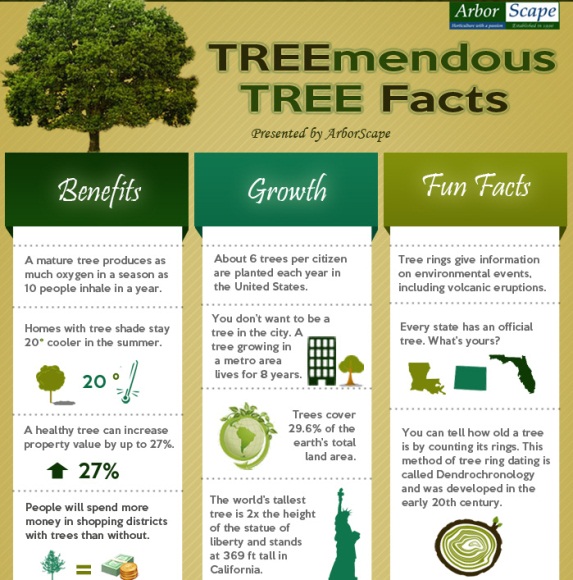Tree Preservation: Signs That Indicate The Requirement For Elimination
Tree Preservation: Signs That Indicate The Requirement For Elimination
Blog Article
Written By-Fields Holme
If you've ever questioned the fate of the trees on your residential or commercial property, understanding when it's time for removal is crucial. But just how do you identify if a tree can be saved or if removal is the only choice? By seeking particular indicators and reviewing security risks, you can make enlightened decisions that profit both your landscape and your surroundings. Let's check out the crucial variables that enter into play when deciding the fate of a tree and exactly how you can make certain the most effective outcome for your environment-friendly buddies.
Indicators of Tree Decrease
If you see any of the following signs of tree decline in your yard, it may be time to think about tree removal.
One usual indication is dead or rotting branches, which can indicate underlying problems impacting the tree's health and wellness. Look out for blemished or wilted fallen leaves that continue even with appropriate treatment, as this could be a sign of illness or insects.
One more warning signal is extreme leaning or a recognizable change in the tree's base, which may suggest origin issues or architectural instability. Keep an eye out for fungal development on the trunk or roots, as this can suggest rot and endanger the tree's security.
Additionally, if you observe large fractures in the trunk or significant arm or legs, it's essential to attend to these issues immediately to prevent possible risks. Resolving these indications of tree decrease immediately can help keep the security and aesthetics of your yard setting.
Security Problems
To make sure the well-being of your residential or commercial property and those around you, focusing on safety and security worries related to trees is critical. Trees can position various safety and security threats if not properly kept. Dead or rotting branches may fall all of a sudden, jeopardizing people or destructive frameworks.
Leaning trees can additionally be unsafe, especially if they're leaning in the direction of a structure or high-voltage line. Furthermore, trees with substantial root systems near foundations or below ground utilities can trigger substantial damage gradually.
https://www.theatlantic.com/ideas/archive/2020/05/cruel-summer-young-americans/612154/ to regularly evaluate your trees for any indicators of possible risk. Look out for cracks in the trunk, big dental caries, or indicators of disease and decay. If you discover any of these concerns, it's finest to consult with a specialist arborist to assess the scenario and identify the needed course of action.
Taking why not try this out to attend to safety concerns without delay can protect against accidents and home damages in the future. Bear in mind, the safety and security of your property and those around you should constantly be the top priority when it involves tree maintenance.
Consulting an Arborist
When considering the health and safety of your trees, speaking with an arborist is a crucial action. Arborists are trained specialists who specialize in the care and maintenance of trees. They can analyze the general wellness of your trees, recognize any type of concerns such as diseases or architectural problems, and supply skilled recommendations on the most effective course of action.
By seeking advice from an arborist, you can receive valuable insights right into the problem of your trees and establish whether removal is needed. Arborists have the knowledge and experience to review the risks related to maintaining a tree versus removing it. They can also provide support on alternate remedies, such as pruning, cabling, or supporting, to aid protect the tree whenever feasible.
Furthermore, arborists can aid you browse any regional regulations or permits that may be needed for tree removal. Their proficiency can guarantee that the procedure is executed safely and in conformity with any suitable legislations.
Conclusion
Finally, when determining whether trees can be conserved or if removal is required, it is necessary to consider indicators of decline and security worries. Consulting an arborist for a detailed assessment is vital in making the most effective choice for the tree's health and potential hazards. Remember, proactive care and prompt activity can aid maintain trees and stop mishaps.
